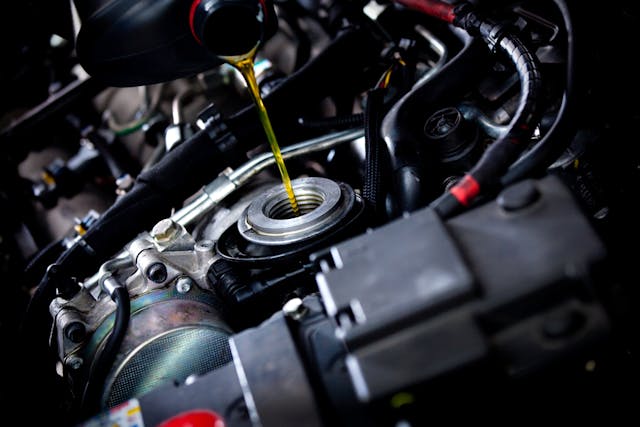When old was new, it was cutting-edge
Old cars are wonderful, but they can really drive you crazy sometimes. Here’s a recent example: The nut holding the crankshaft pulley on my 1931 Bentley 8 Litre came loose. I didn’t realize it and drove it like that for a while. Eventually, because it was loose and rattling a bit, the pulley chewed up the key on the end of the crankshaft that turns it. This is a common problem especially on cars with timing belts where the mechanic has to unbolt the pulley every time the belt is changed. If the tech doesn’t torque it on just right, it wrecks the end of the crank. Which may not be the end of the story, because in a normal car, all you have to do is open the hood, take out the radiator, yank the pulley, and clean up the end of the crank—if it’s salvageable.
Well, W.O. Bentley in his wisdom built the 1931 8.0-liter engine such that the crankshaft pokes through a chassis crossmember after it goes through the pulley. So, in order to get at the end of the crank, you have to pull the engine out of the car, which first involves unbolting all the fenders and bodywork forward of the firewall. This is why these cars had leather fan belts made out of sections that hook together, because otherwise there’s no way to replace the fan belt without pulling the engine. Luckily, we were able to use some shims and red Loctite and lock the pulley in place, and it seems to be working fine.
People often tell me that because I love old cars, I must hate modern technology. Actually, I like old cars because they were the new technology at the time. They just became old technology and were replaced by something better. I’m barely old enough to remember when people complained about power steering and power brakes because, they said, “You have no feel.” You couldn’t tell how much pressure you were putting on the brakes, people said, and that power steering took out all the road feel. And, to a certain extent, they were right—the early systems were pretty numb, but the technology improved, and now nobody notices.
And that’s why electric cars are the future, because when all is said and done, it will be cheaper and easier to put them together than any gasoline car, with its many moving parts and miles of sealing surfaces to hold in water and oil. I guess I’m always surprised at how surprised other people are when I say that. You’ll always have your old cars, and if you really want to change oil every 3000 miles like they used to, you can. One of my favorite old ads on the radio was for Jiffy Lube. In the ad, the guy was driving his car, and right as the mileage from his last oil change turned over from 2999 to 3000, you heard ka-clunk-ka-clunk-ka-clunk as all the rods broke and the engine fell out the bottom or something. Modern cars now go 10,000 or 15,000 miles between changes, or they even tell you when you need an oil change based on your driving patterns.

The technology has simply improved. And for new technology to succeed, it can’t merely be equal to what it’s replacing—it has to be better or people will stick with what they already have. The Wankel engine is a great example of this. It was lightweight and smooth, but it also ate oil and drank gas. To the buyer, it didn’t seem like an improvement to other engine types, so it died out. I had a Jaguar XJS with a big, supercharged V-8. It was a great car, but just driving around L.A. cost $80 to $100 a week in gas.
Then I got a Tesla, and it costs about the same in electricity to recharge as it does to cook a turkey. Plus, it’s the fastest accelerating four-door sedan you could buy right now, bar none. You don’t have to warm up the engine, you can set the AC or the heat levels from the living room before you go outside, it’s quiet, it’s comfortable, and it will never leak oil. In my book, it wins on every count, and more cars like it are coming at every price level. Like my Bentley was in 1931, the Tesla is state-of-the-art technology in 2021, and while I love old cars, I don’t want to live in the past.


